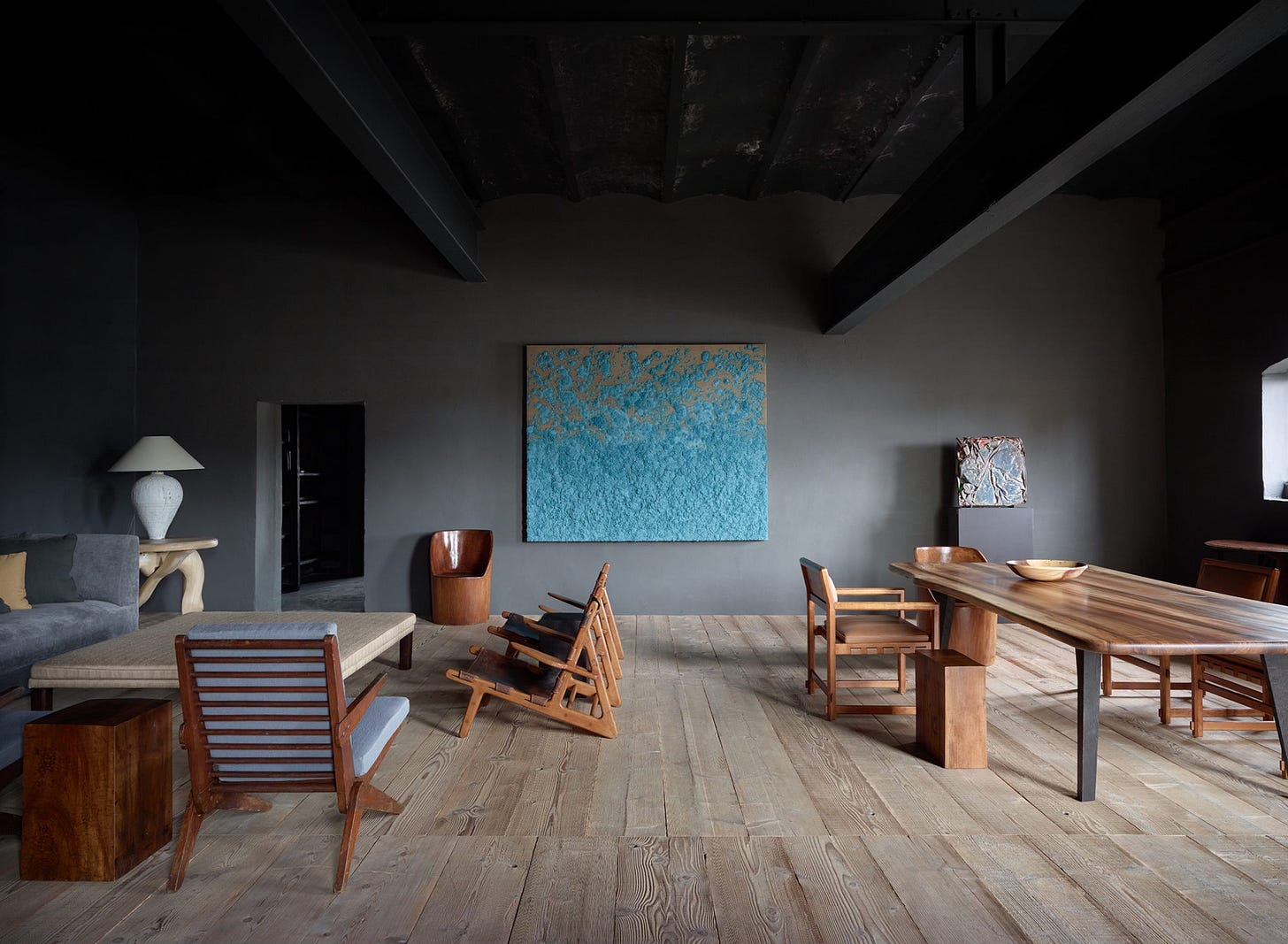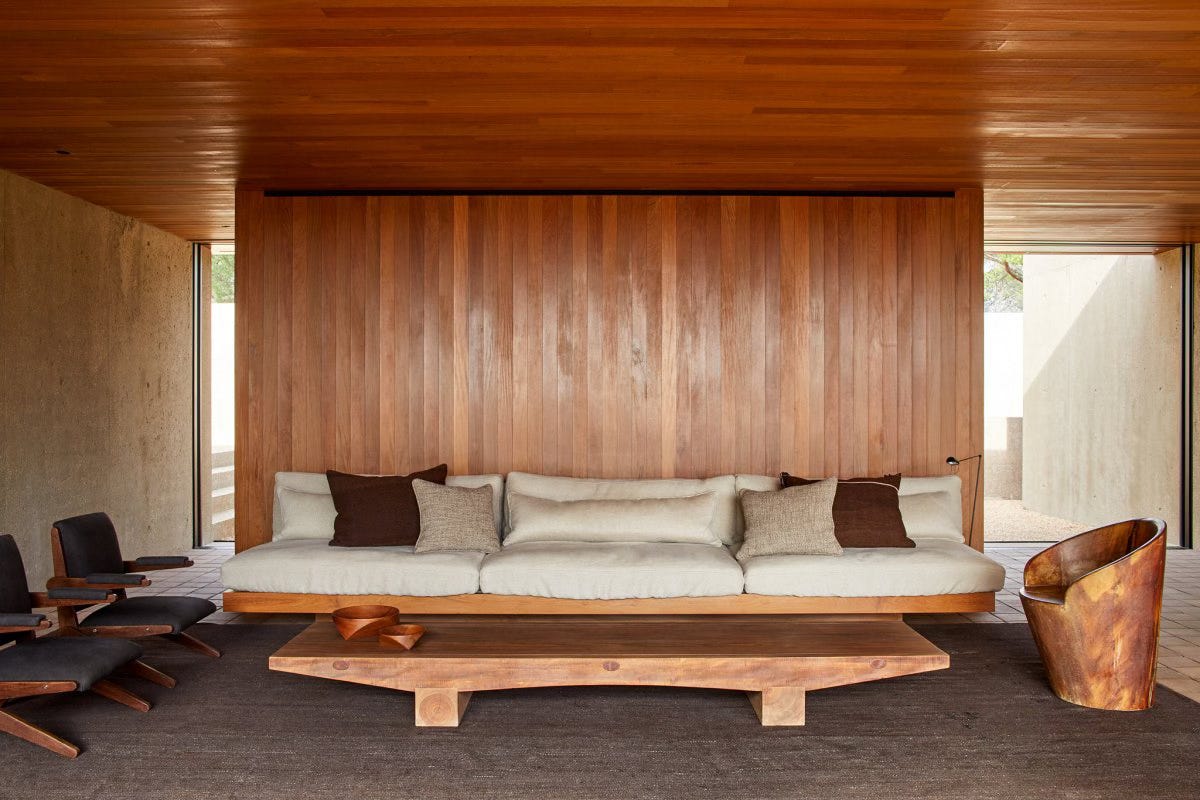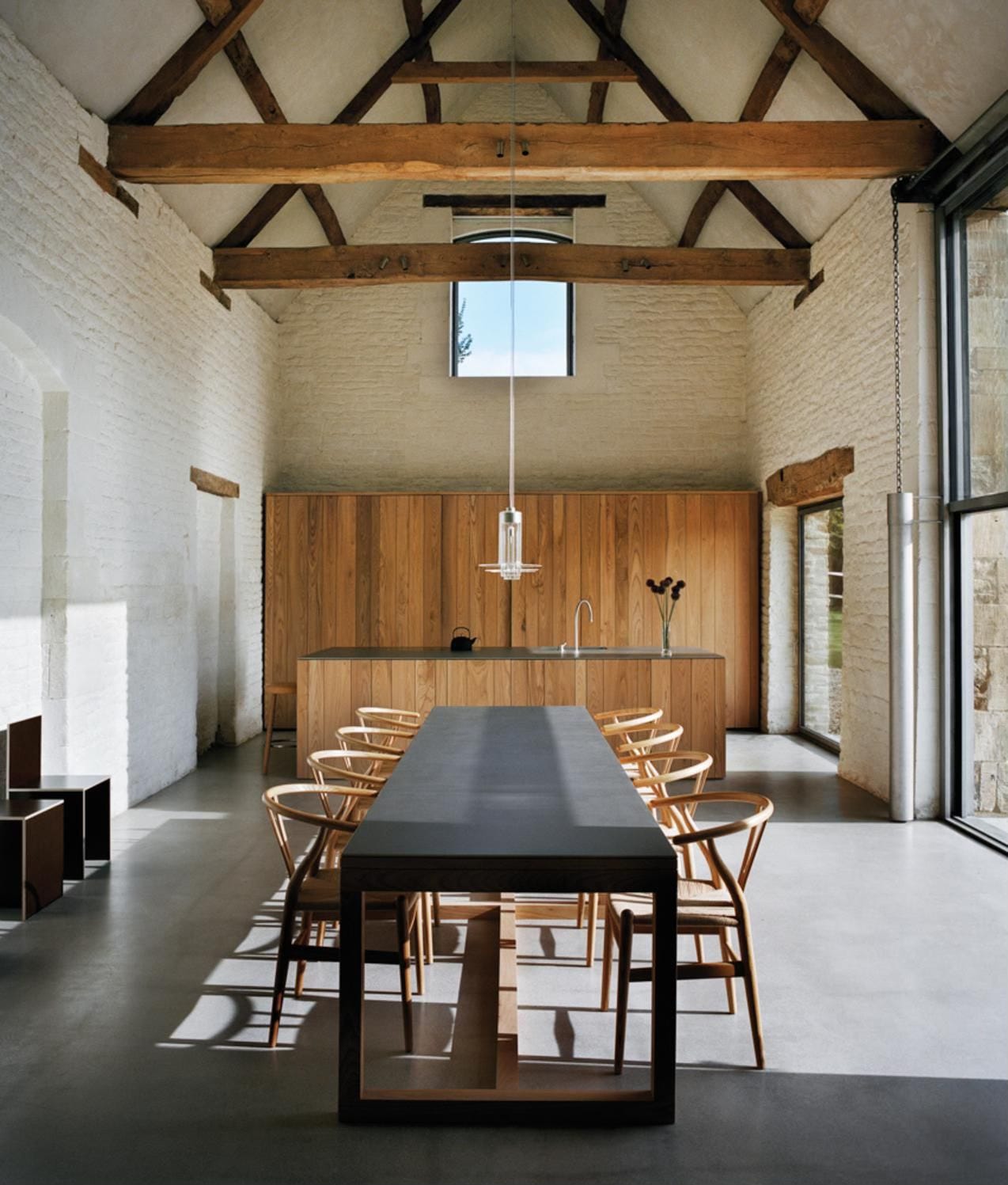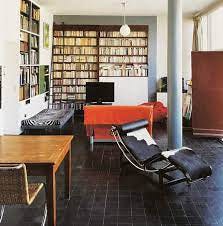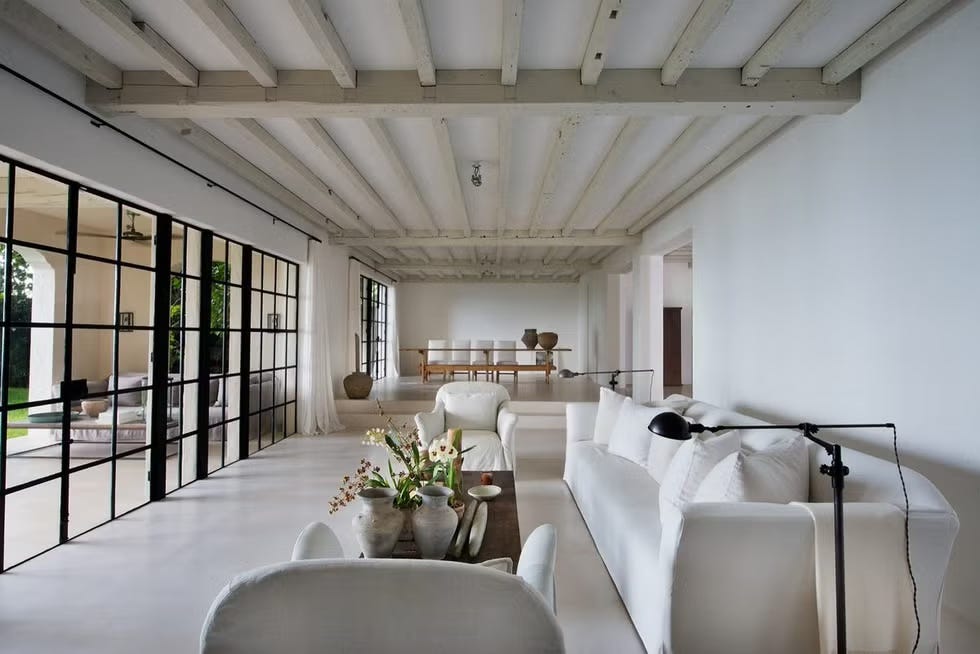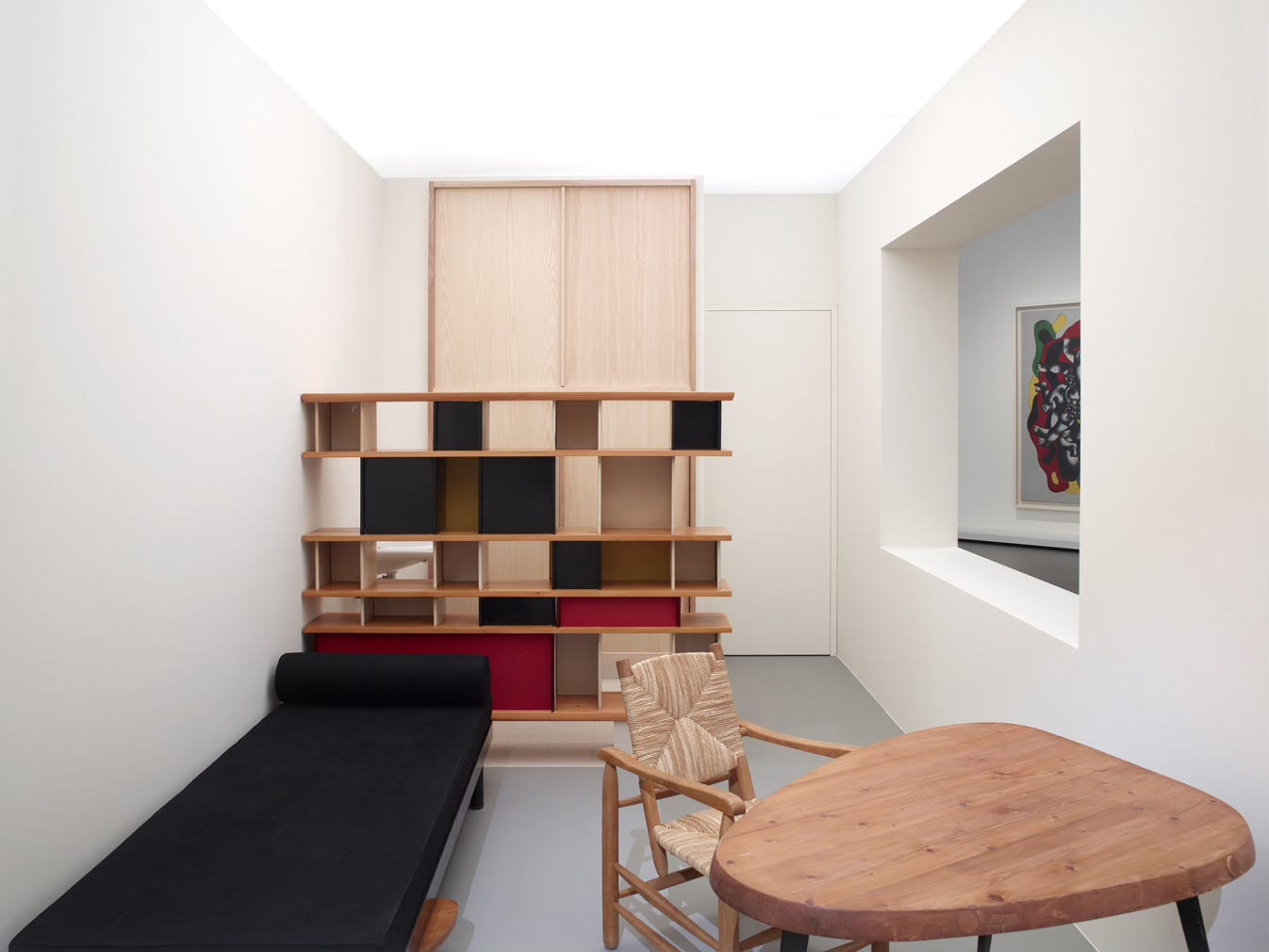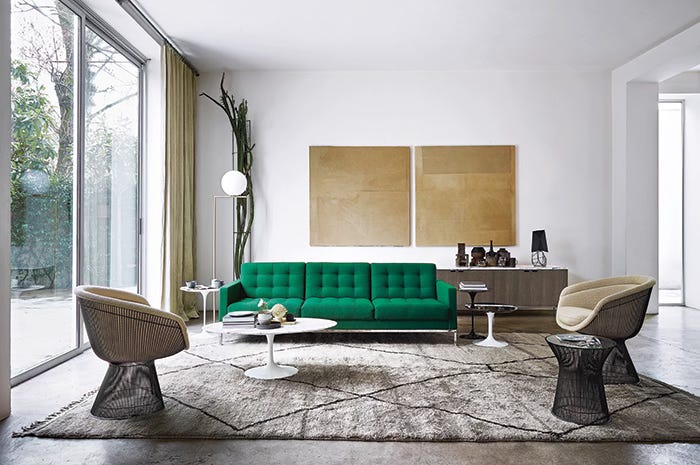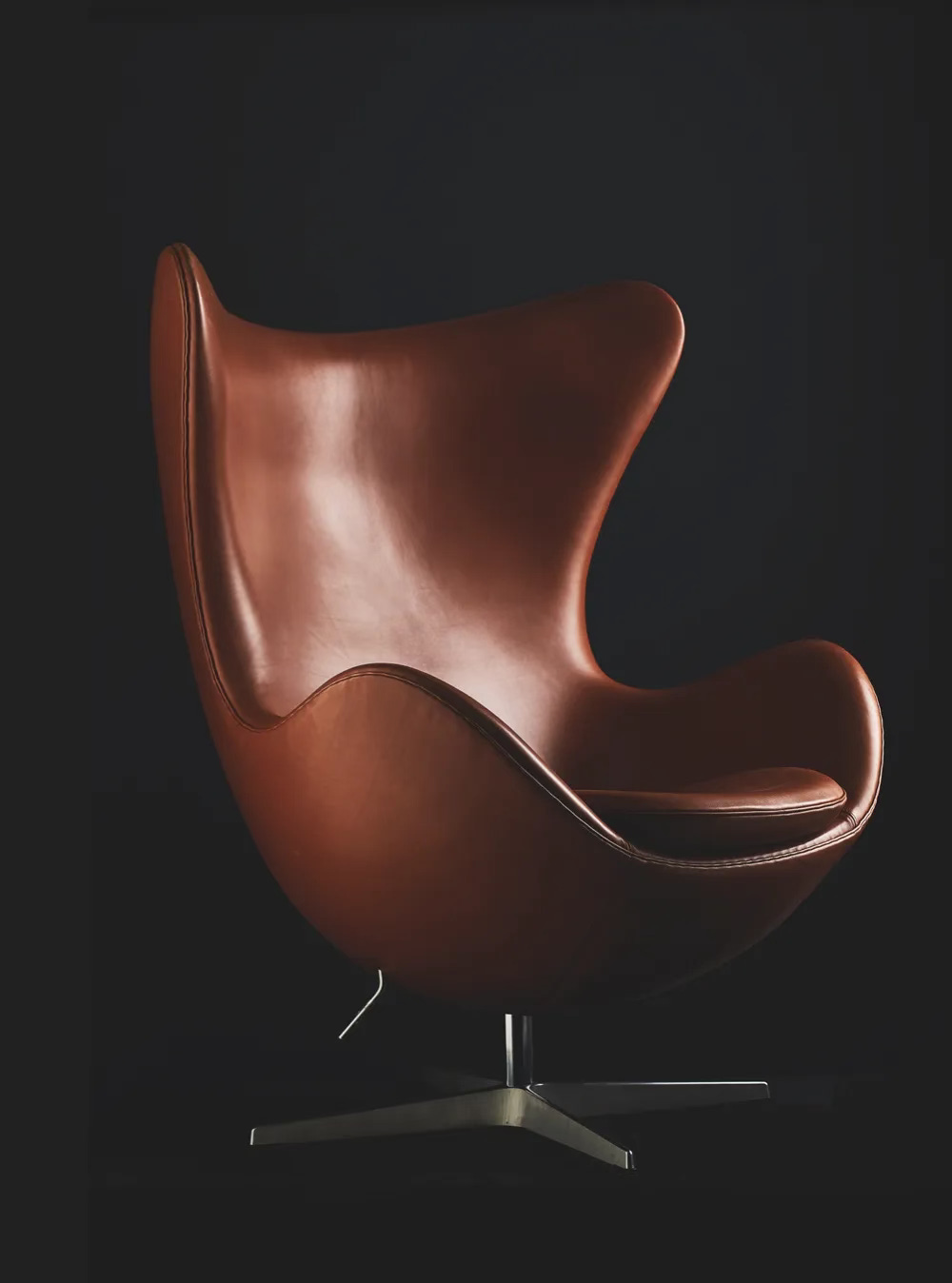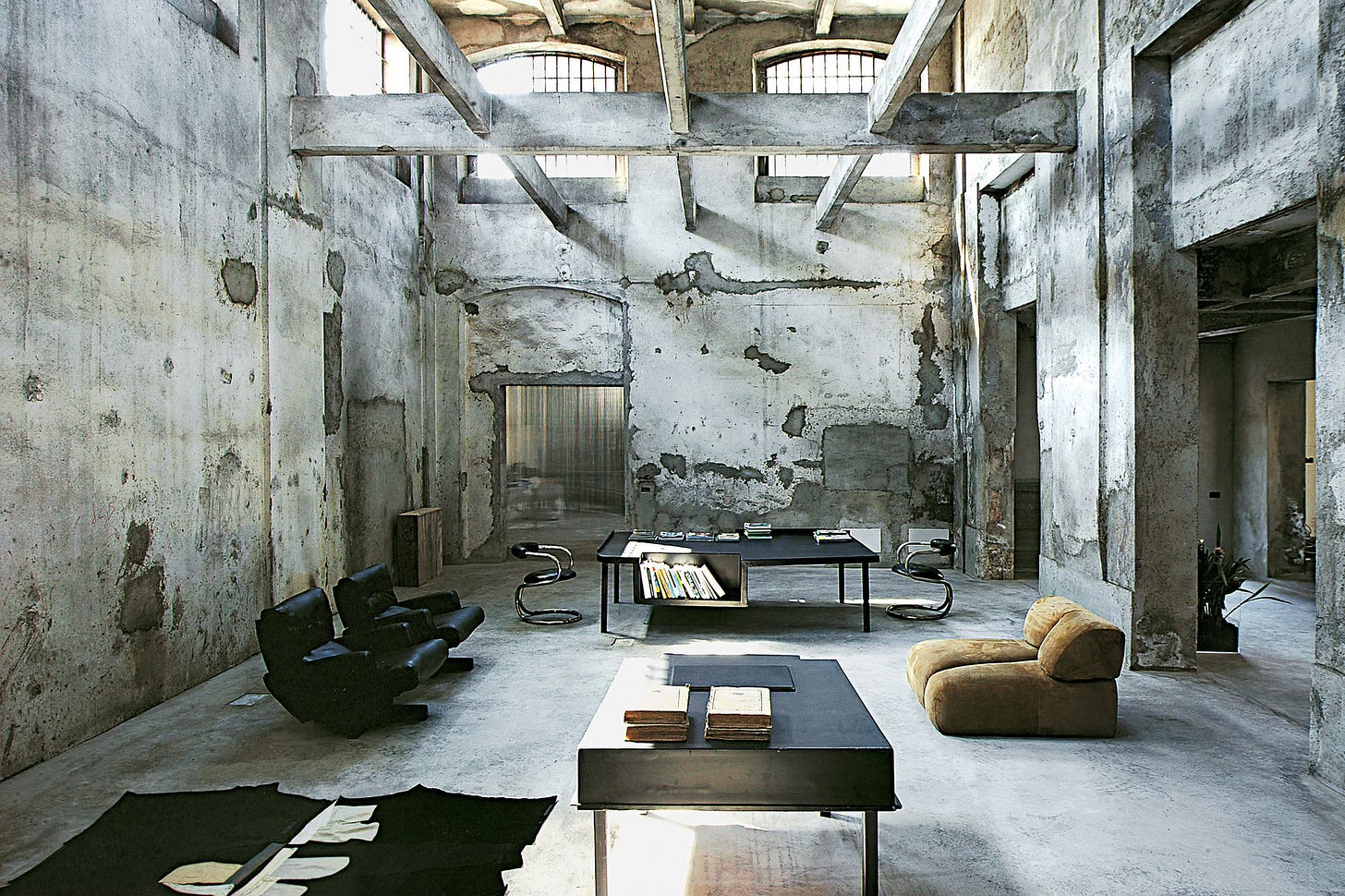12 Designers Who Changed the Way We See Our Homes
Welcome back to The Measured Eye, where each week we peel back the layers of design, objects, and the quiet (and sometimes loud) ways they shape our homes. As the founder of General Goods, I live in constant dialogue with objects and spaces, the way a chair catches light, the calm a doorway can hold, or the particular gravity of a table in a room. At the heart of our philosophy is a belief in the utilitarian and the minimal: design that strips back to function, form, and beauty. Never over-designed, never superfluous. Thoughtful, pared-back design allows a home to breathe, and it is in this spirit that I want to celebrate twelve designers whose visions shifted not just what we put in our homes, but how we “see” them.
1. Axel Vervoordt
The Belgian master of restraint and atmosphere. Vervoordt taught us that emptiness can be as powerful as presence. His homes hum with silence, proving that patina and imperfection can be the greatest luxuries. In a world that rushes toward novelty, he slows us down, reminding us that a weathered surface can tell more stories than anything new.
2. Vincent Van Duysen
Van Duysen’s work whispers rather than shouts. His interiors are monastic but never cold, human-scaled yet deeply architectural. He gave us a language for spaces that soothe rather than stimulate. Where Vervoordt celebrates imperfection, Van Duysen balances it with precision, two sides of a similar pursuit: serenity.
3. John Pawson
Minimalism is not absence but clarity. Pawson’s work shows us how the simplest lines, the most honest materials, can distill a room to its essence. To live with Pawson’s eye is to live pared down to the essential, and to find peace there. He and Van Duysen share a kinship in simplicity, but Pawson’s minimalism leans more toward the monastic and elemental, architecture as a vessel for contemplation.
4. Joe D’Urso
The American pioneer of high-tech minimalism, D’Urso redefined loft living in the 1970s. His clean planes and modular approaches were radical then, but they remain blueprint to how so many of us inhabit open space today. Where Pawson edited spaces to their essence, D’Urso expanded them into stages of possibility, shifting the conversation from containment to openness.
5. Lorraine Letendre
Often unsung, Letendre introduced an artistry to textiles and surfaces that softened the austerity of modernism. Her work reminded us that homes are not just to be seen, but to be touched. In dialogue with D’Urso’s hardness or Pawson’s clarity, Letendre offered tactility, an essential counterpoint.
6. Charlotte Perriand
Perriand gave modernism its human pulse. Working alongside Le Corbusier but carving her own path, she married function and warmth. Her alpine interiors, in particular, taught us that modern could also mean deeply rooted in place. She showed that modernism could live in both the city and the mountains.
7. Florence Knoll
We often think of corporate interiors when we hear her name, but Knoll’s vision carried through to our homes too. She believed design should serve life, not the other way around. Her rigour, her clarity, continues to shape how we sit, work, and gather. She systematised modernism, while Perriand humanised it, a fascinating balance in how modern design entered domestic life.
8. Isamu Noguchi
Sculptor, designer, poet of form. Noguchi dissolved the boundaries between art and furniture. His Akari lamps float like paper moons in living rooms across the world, a reminder that light itself is a material of design. Noguchi’s work was deeply personal and poetic, proof that homes can hold sculpture as comfortably as sofas.
9. Eero Saarinen
His tulip chair remains a feat of grace, an attempt to banish “the slum of legs” under tables. Saarinen’s designs lifted furniture into fluid gestures, reshaping the domestic landscape into something both futuristic and familiar. If Noguchi gave us poetry, Saarinen gave us optimism, the belief that design could streamline life without stripping away its joy.
10. Arne Jacobsen
From the Egg chair to his cutlery, Jacobsen approached the home as a total environment. His modernism was playful, sculptural, and enduring. Few designers have managed to marry utility and poetry so seamlessly. Together with Saarinen, he made the case that design could be joyful and forward-looking, even as it shaped our most everyday rituals.
11. Vincenzo De Cotiis
Raw, futuristic, often brutal, De Cotiis makes rooms feel like fragments of another planet. He pushes us to see the home as a place for experiment, for narrative, for art at scale. If Vervoordt asks us to look backward, into time and patina, De Cotiis offers a fertile dialogue between the old and the new, a cornerstone of his work. History breaks free into spaces where the line between past and future blends.
12. Claudio Silvestrin
If Zen had an architect, it might be Silvestrin. His interiors are almost ascetic in their purity, yet they generate extraordinary calm. He shows us that restraint, practiced with devotion, is a gift. Where De Cotiis is raw and forceful, Silvestrin is quiet and eternal, the yin to his yang.
When I look across this list, what strikes me is not sameness but a shared conviction: the home is not static. It is a canvas, a vessel, a mirror. These designers invite us to see our rooms differently, to strip them back, to layer them with tactility, to light them as sculpture, to live inside their questions.
Their approaches often diverge, Knoll’s systems against Noguchi’s poetry, Vervoordt’s silence against De Cotiis’s drama, but together they map the spectrum of possibility within our walls. And perhaps that’s the real lesson: our homes are not just made of walls and furniture. They’re made of ideas, too.
Until next week, keep looking closely.
Yours,
Don
Founder, General Goods & Platform D



